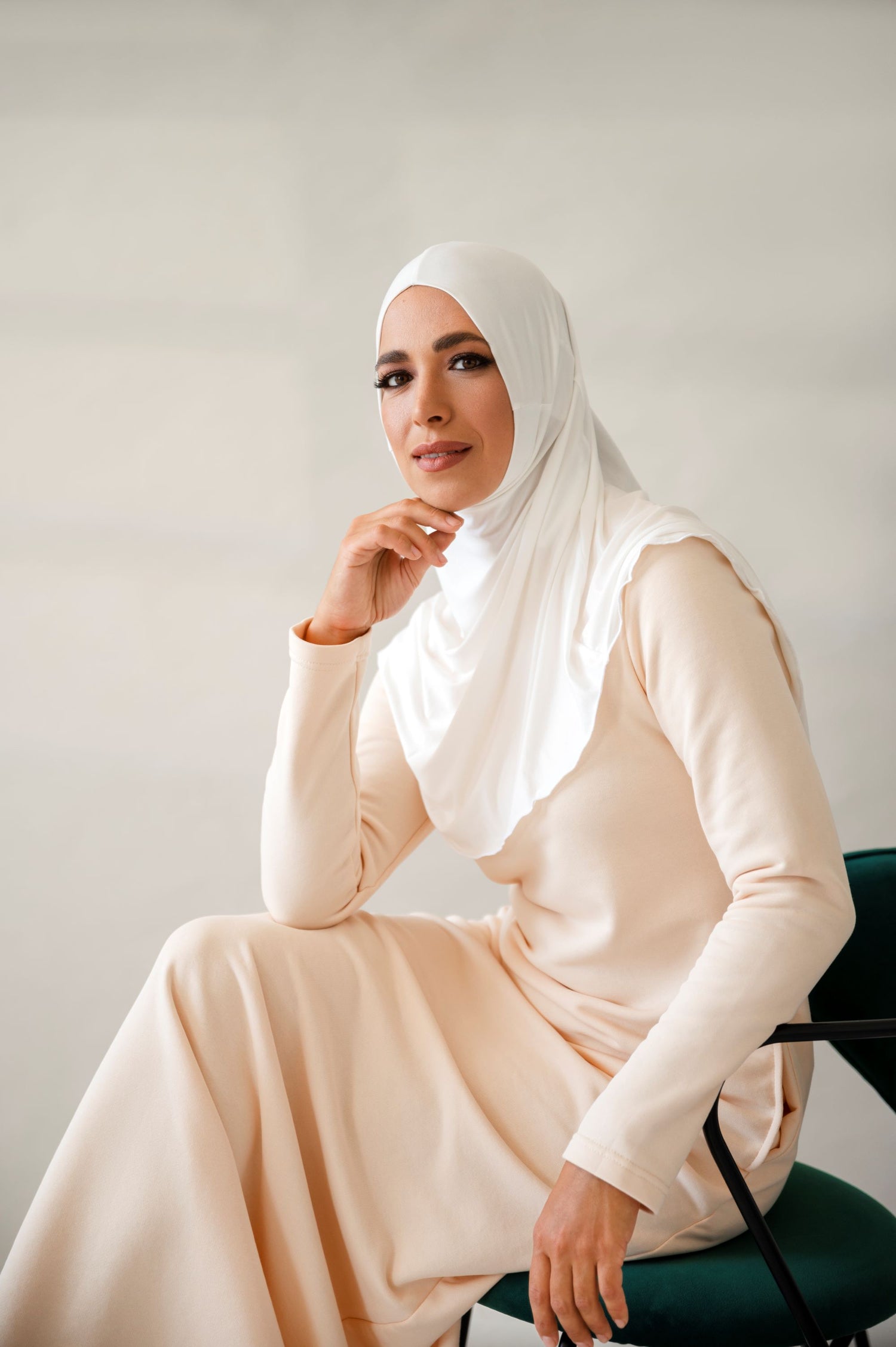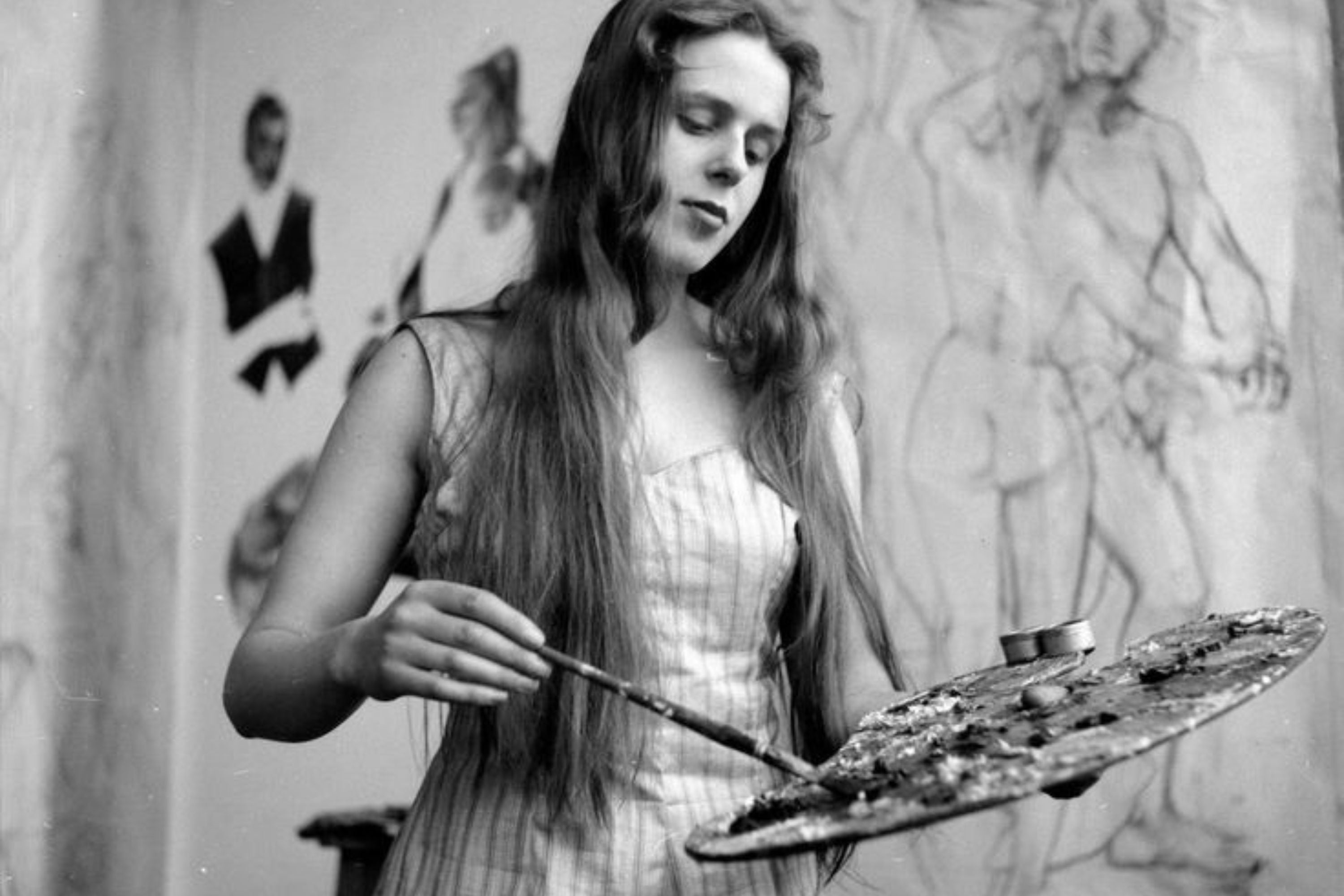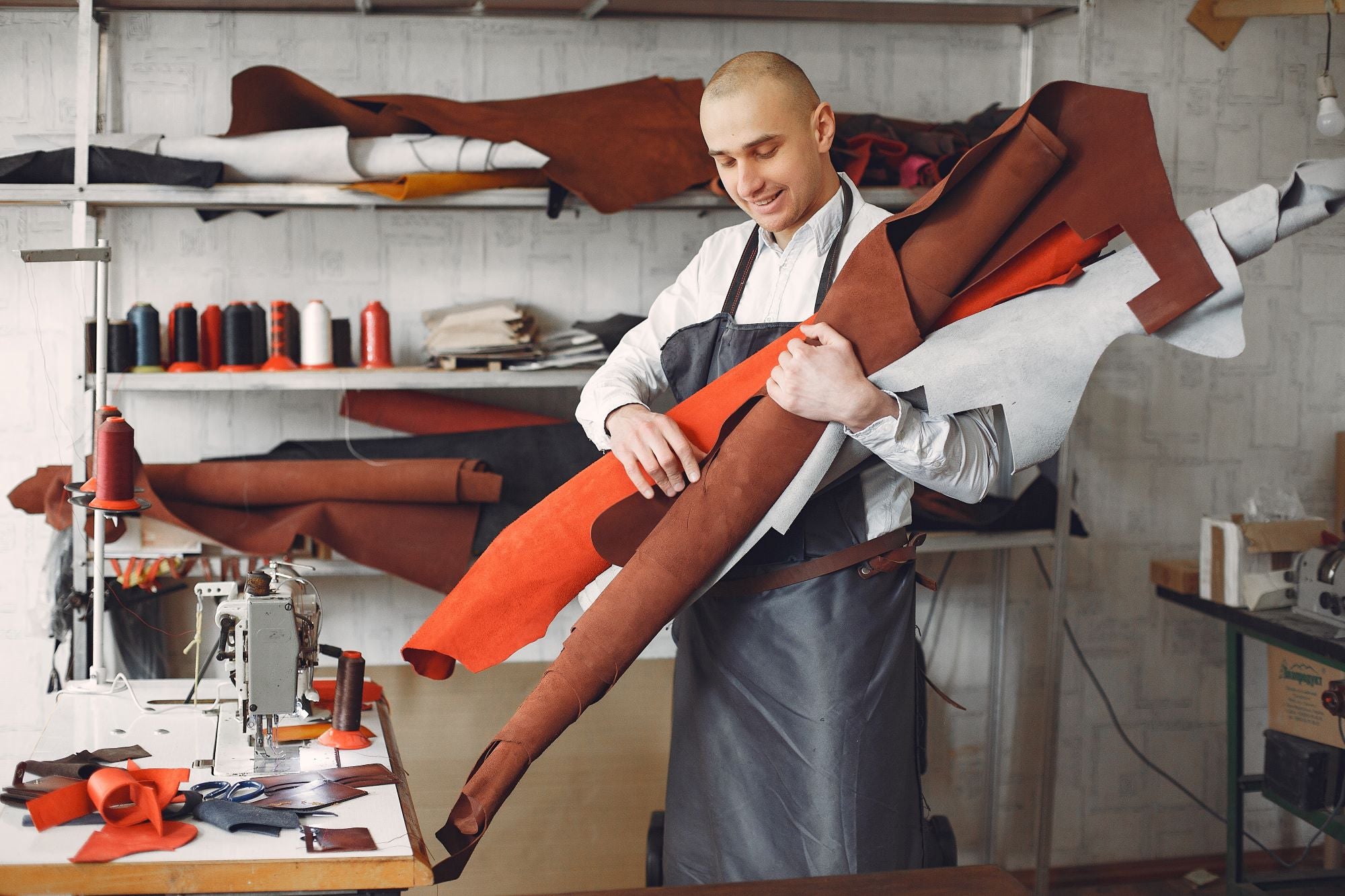Did you know? That the veil, commonly known as ‘Hijab’ existed much before the foundations of Islam? Primarily associated with the Islamic religion, hijab is a term that refers to a Muslim woman’s veil. The Arabic word ‘hijab’ can be translated into - “cover, wrap, partition, veil, screen”, among other interpretations.
The origin of this piece of clothing trace back to the days, much before the Islamic faith was established. Many scholars argue that veiling was not a fundamental practice that was invented by Islam, but the founders only incorporated certain traditions into Islam that already existed in the region. Down the centuries, this practice has transcended religious activities and has become symbolic of multiple movements, some pro-Islamic and others being of resistance and revolution. The following article dives into the history of the Hijab and how its meaning has influenced people over the years.

What is the Hijab?
The word translates into ‘a veil’ or ‘covering’ in the form of loose clothing, that is meant to cover certain areas of the body. Primarily a practice of Muslim women, the attire is intended for women to dress modestly and appropriately as per certain Islamic traditions. This was done to cover the face, neck, hair, eyes and breasts of the women in Islam to make them appear decent and modest. The word modest here holds significance as Islamic tradition has strong hints of being conservative, especially towards its women.
The garment has multiple variations and differs widely in how it is worn within the region. The hijab can be of different colours and have intricate designs and decorative patterns. Women choose forms of the veil for various occasions. The fabric choice also differs widely, chiffon being the primary choice along with cotton, silk and even wool. A breathable and flowy choice of cloth is preferred for convenience.

When the prophet Muhammad resided in Medina, he was followed by his people as their spiritual leader. Gradually when he was gaining more and more power, he felt the need to separate his wives from the rest of the people. This was done to ensure the inviolability of his wives. The idea was to conceal the amount of skin visible to the public.
Scholars and historians specialising in Islam and its discourse have debated over the practice of veiling women in the religion. Many scholars argue that this is directly implying that the perfect Muslim woman must veil herself as well, but others say these statements apply only to the prophet’s wives, instead of all Muslim women. It is believed that the hijab was initially meant only for the wives of Muhammad and not a mandatory customary practice for all other women of the Islamic faith.
Why do Women Wear Hijab?
All this discussion and debate over the origin of the veil demands the question - Why do women actually wear hijabs? The answer is pretty simple yet complex. It is primarily because of religious and social customs that females of all ages are expected to wear hijabs. While some women are sincere to this idea, researchers claim that most women do not will it themselves to put on the veil. It means that most women wearing the Hijab, do so beyond their wish, mostly because of social and religious mandates.

Women of various regions have come forward and spoken up about the strict disciplinary methods practised in different communities regarding the mandatory veiling of women. However, the veil has long been associated as a primary symbol of the Islamic faith. Although not amongst the fundamental pillars of Islam, the hijab is a question under multiple laws, some deeming it illegal and others highly speaking for it.
The Role of Culture and Laws:
Women wear different kinds of veils under varying circumstances. For example- the type of cover they might wear in their home in the presence of guests and family is different from the one they might choose for going outside in public or while going to work. Many people from the Islamic communities have spoken against and shown resistance towards the practice of mandatory seclusion and concealing of women.

In recent years, the hijab has come under scrutiny due to multiple organisations having opinions against the questionable standards surrounding it. It is said so in the Islamic religion that the veil and covering seek to preserve a woman in her sanctity and keep her pure and reserved for her husband, thus shielding her from the male gaze and potential adultery or other profane ideas. The females of Islam are conditioned from a very early age about the mandatory practice of the Hijab and to embrace the practice in the name of Allah - the primary and only divine identity in Islam.
Current Discourse with the Hijab:
The hijab has been a primary symbol of Islam. But it is not everywhere that the hijab is symbolic of resistance towards strict social customs towards women. Across the world, the Hijab has been associated with resistance against colonialism and cultural imperialism. It has become a widely recognised symbol against rising rates of islamophobia as well and seeks to address stereotypes and unjustified profiling of Islamic women.
However, the hijab has also seen other forms of expression. Various fashion designers stylised the hijab into their designs. There have been careful inclusions of the hijab in different clothing ranges from the Middle East that often bear a touch of counter-culture and alternative fashion. Designers have made bold statements through their designs and clothing, often challenging stereotypes and prevalent beliefs surrounding the garment. Several of these designers, such as Yasmine El-Said, Zhor Raïs, Rula Galayini, and Farah Al Asmar, have begun to put the Middle East on the map by designing pieces for prominent celebrities across the globe.

Conclusion:
The hijab is a piece of clothing that is primarily associated with Islamic women and the idea of preservation and seclusion of women. This idea, believed to have origins in the days when Islam entered Persia, continues across most Islamic states, making it a mandatory practice for women and girls of all ages to be veiled. Found in various forms and designs the garment has been a symbol of resistance against cultural imperialism and colonial powers that have propagated islamophobia, primarily in the Western and European nations. However, various counter-culture movements have erupted throughout history in sports, fashion, entertainment and social movements and have seen repeated use of the Hijab as a symbol against the oppressive powers of society.






Leave a comment
This site is protected by hCaptcha and the hCaptcha Privacy Policy and Terms of Service apply.